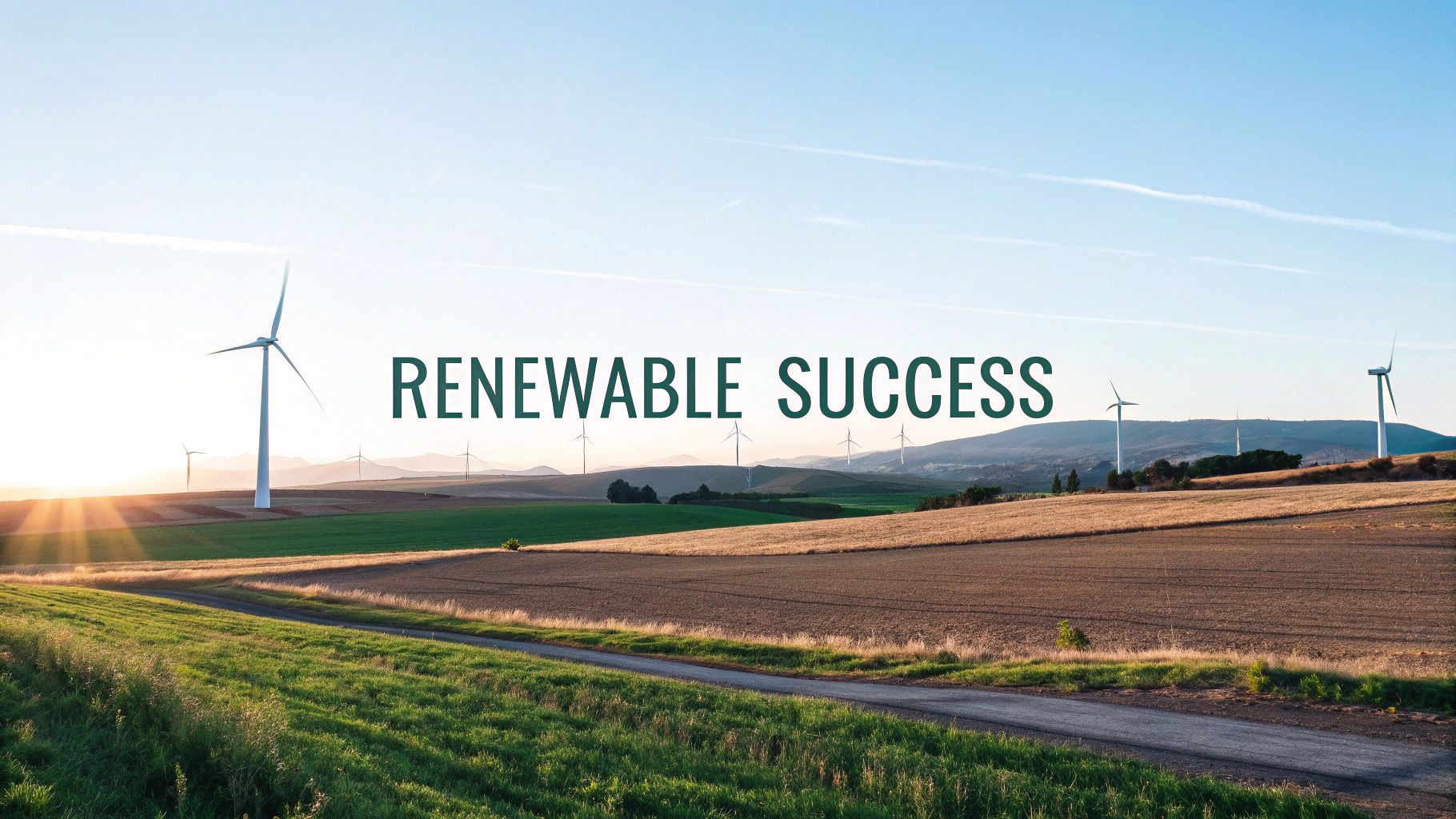Why aren’t solar export rates higher?
Dive into the factors influencing solar export rates in our guide.

The speed at which you can pay back the cost of your solar panels depends on two main factors:
- Savings on Electricity: How much you save by generating your own electricity compared to purchasing it from the grid.
- Earnings from Excess Electricity: The amount you can earn from selling any surplus electricity you produce.
However, it's worth noting that export rates for selling excess electricity are generally quite low. In this Green Guide, we delve into why solar export rates are not higher and what this means for your investment.
How much will I get paid for selling my excess solar energy?
Before we dive in, let’s look at how much you can expect to be paid for exporting your excess solar energy to the grid. There are a few things to keep in mind here. Firstly, there are Smart Export Guarantee (SEG) export tariffs and “normal” export tariffs.
The SEG is a government backed scheme set up to reward customers for selling electricity back to the grid. All UK energy suppliers with over 150,000 customers have to offer an SEG tariff, but they only have to offer it at a rate above £0. This is reflected in the SEG rates on offer, with tariffs ranging from 1.5 p / kWh to 16.5 p / kWh.
Normal export tariffs are voluntary for energy suppliers to offer, and the normal export tariffs are usually set at a higher price than SEG export tariffs. Some rates are as high as 16.5p / kWh! The reason for this is that these “normal” tariffs come with certain requirements. You may, for example, need to import electricity from the same supplier that you export it to. This is not just a trick to attract your business, but genuinely makes it more cost-effective for the supplier to offer you an export tariff. That’s why they’re able to set higher export rates. We’ll dive deeper into this below!
By the way, do you want a better overview of how much you can get paid for exporting your solar power to the grid? We’ve collected all export rates available on the market in a handy table in our guide on how to apply to the SEG.
Why aren’t export rates higher?
There are a few reasons as to why export rates aren’t higher. We’ve outlined some of them below.
- It's not feasible to have two different energy suppliers assigned to a single meter. If a household imports electricity from one supplier and exports to another, the exporting supplier faces a financial loss. They have to pay for the electricity you send them, but they cannot sell it to someone else.
- Energy suppliers also deal with various costs, including administration, levies, and distribution expenses. A significant part of the administrative costs comes from coordinating with District Network Operators (DNOs) to set up new households for exporting electricity, which can be a lengthy and involved process.
- Moreover, the amount of energy you export is relatively small compared to the large quantities that suppliers usually purchase. This lack of scale means they don’t benefit from the same economies of scale when buying from you.
- Additionally, there is no certainty regarding how much electricity you will generate and export. For example, if you initially set up your system to produce a lot of excess electricity for future needs but later experience changes like acquiring an electric vehicle or expanding your family, your excess generation may decrease. This unpredictability makes it a risky investment for suppliers.
It’s a shame that the process of exporting excess energy to the grid isn’t set up better. We’d love to see households be fairly compensated for their contribution in greening the grid, and supporting the UK’s energy independence.
Ready to see what you can save?
Our solar calculator is 100% free to use. Enter your postcode below to get started.

Based on 400+ Trustpilot reviews






